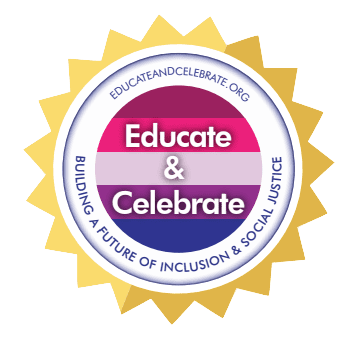In this section of the website, you will find information about our approach to teaching Computing at Esh Winning Primary School.
- The Intent provides information on the relevance of Computing at Esh Winning Primary School.
- The Implementation outlines how teachers at Esh Winning Primary School teach Computing across all learning stages.
- The Impact outlines what outcomes are achieved for the children at Esh Winning Primary School.
- Subject Progression outlines the learning journey that our children take through Computing at Esh Winning Primary School.
- Useful Subject Information outlines any additional information about the teaching and learning of Computing at Esh Winning Primary School.
Intent of ComputingImplementation of ComputingImpact of ComputingSubject ProgressionUseful Subject InformationLong Term PlansCultural Capital, SMSC & British Values



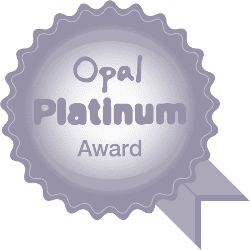
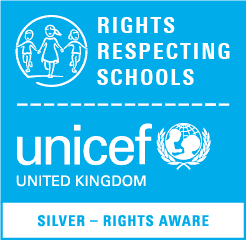
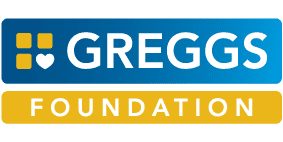
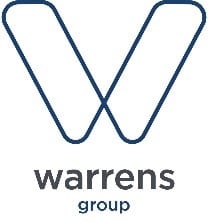

![Music-Mark-logo-school-right-[RGB]](https://eshwinning.durham.sch.uk/wp-content/uploads/2021/05/Music-Mark-logo-school-right-RGB-1.png)
